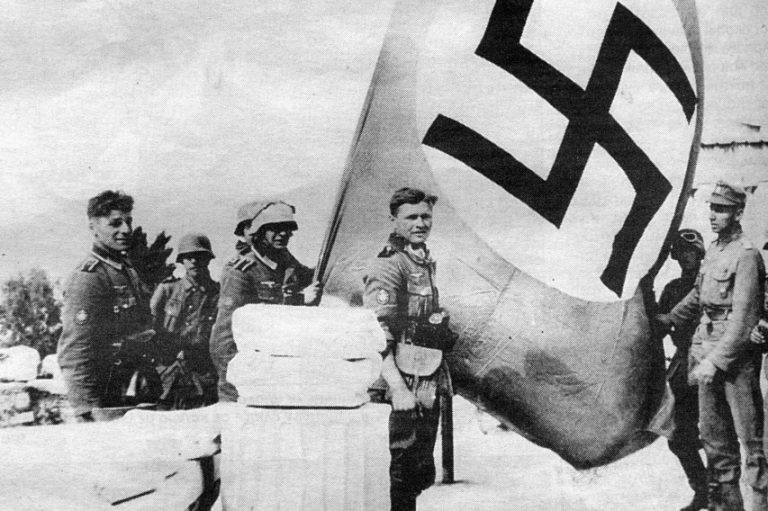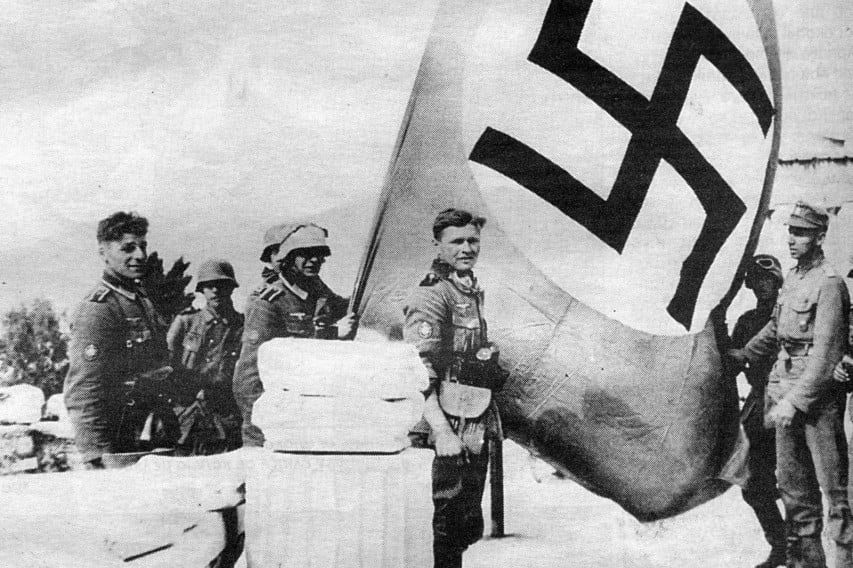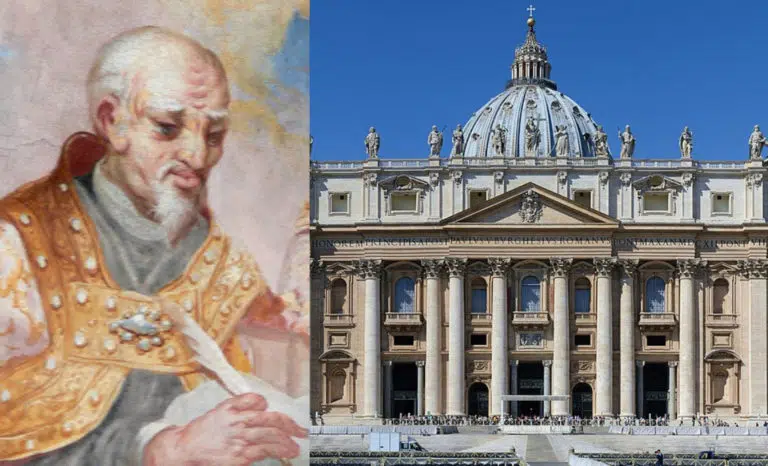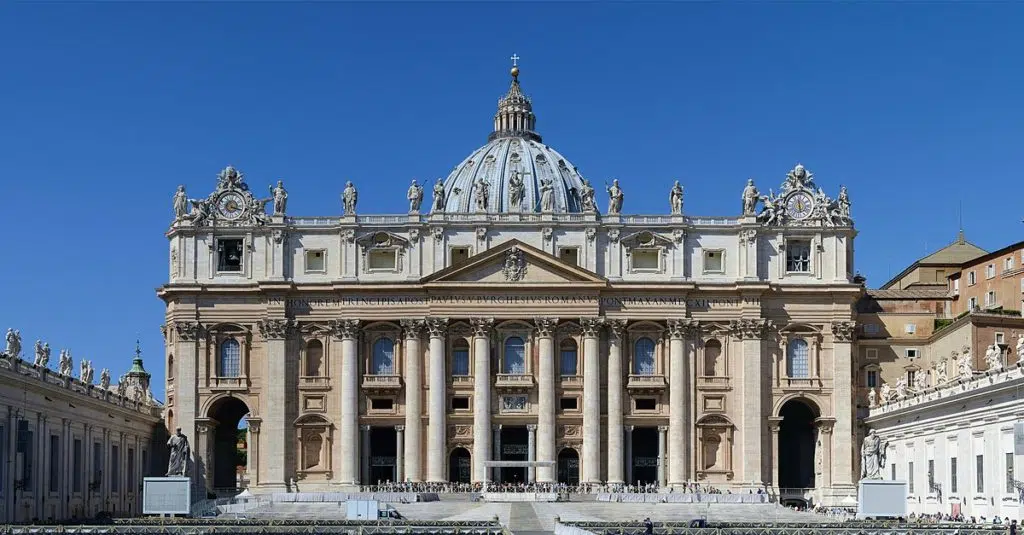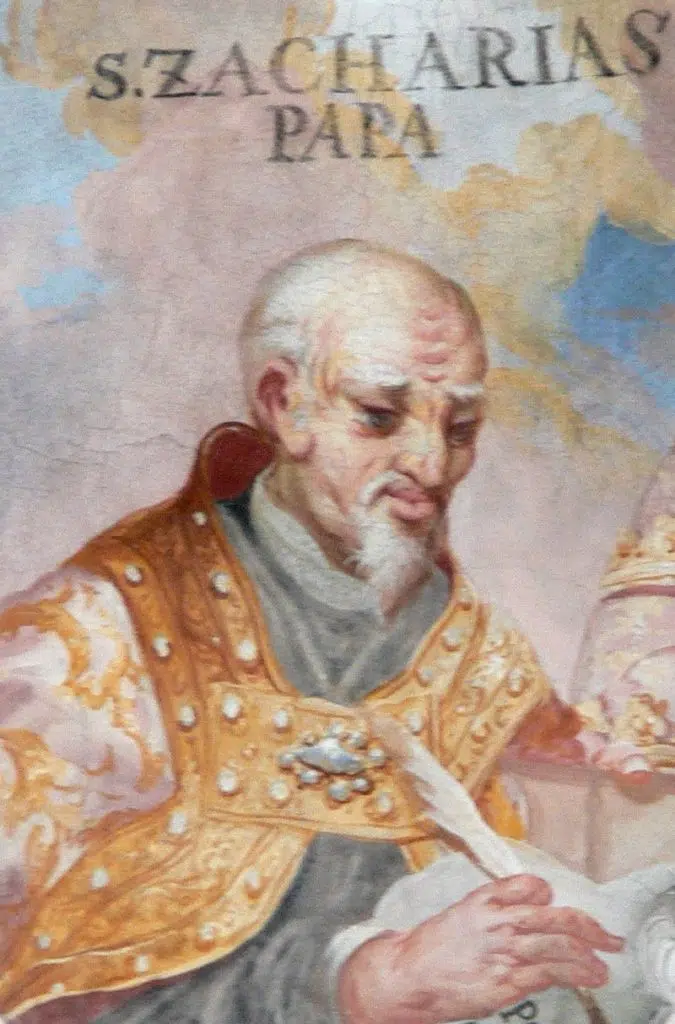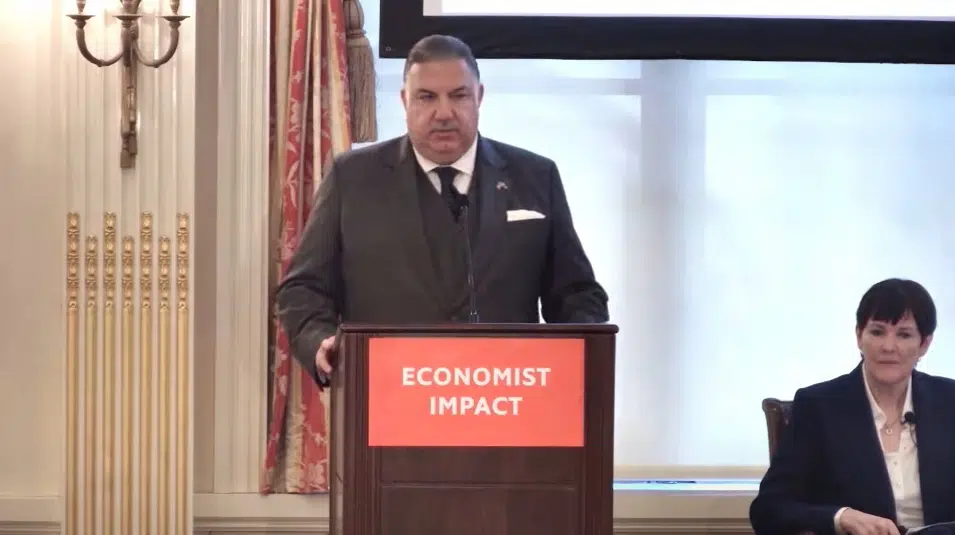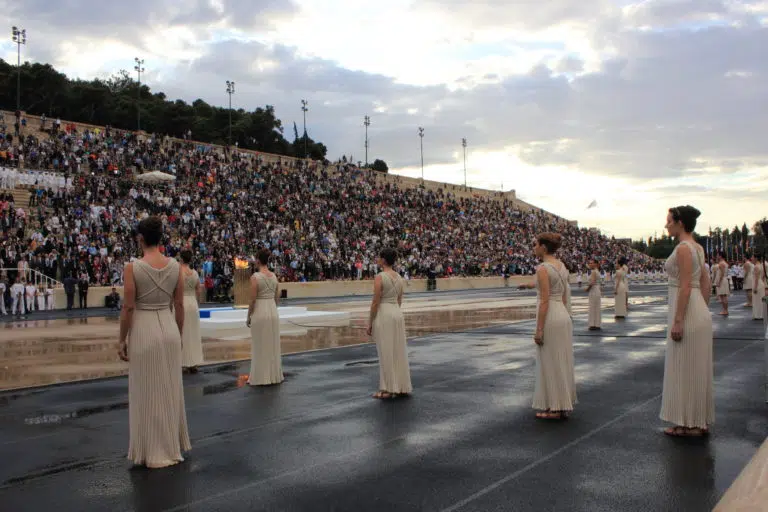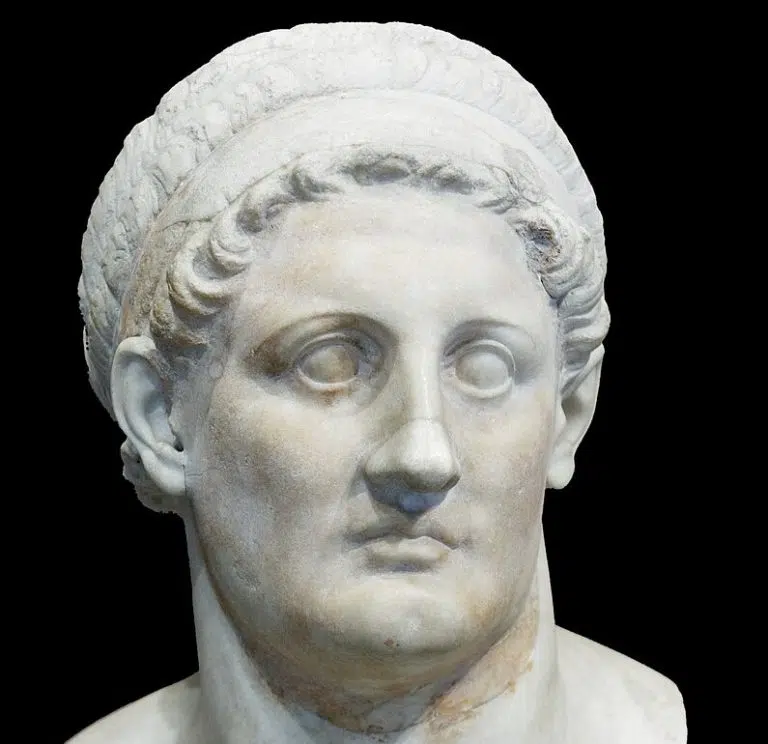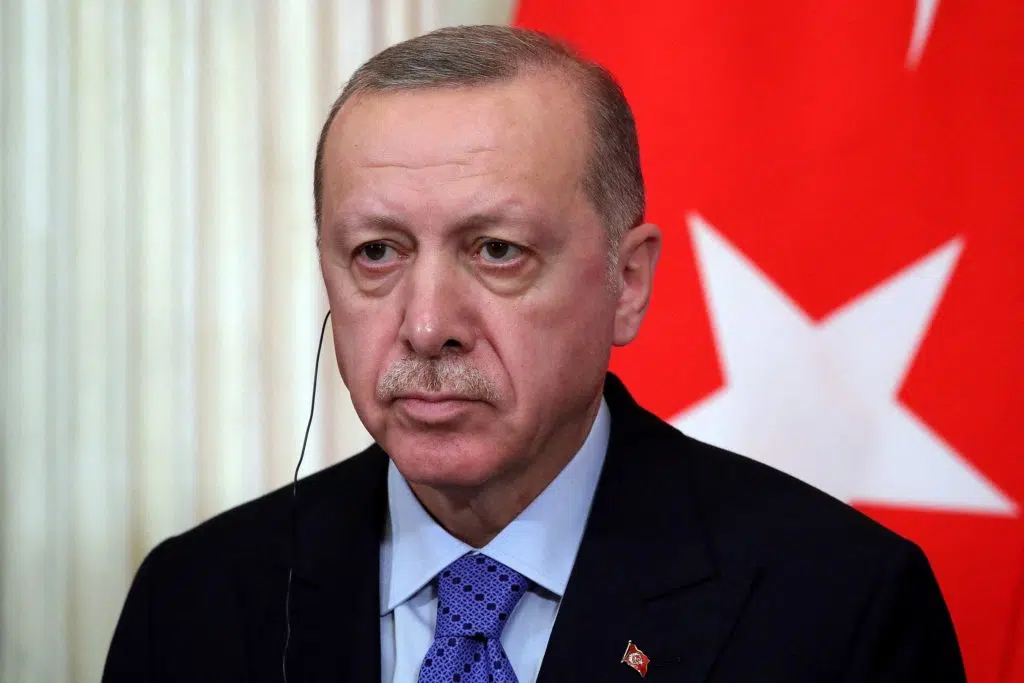
Turkish President Recep Tayyip Erdogan announced on Friday that he is postponing his scheduled meeting with US President Joe Biden at the White House.
This was initially planned to take place on May 9. The postponement occurred due to ”changes in his schedule”, Turkish officials said.
This development is significant for the bilateral relations between Washington and Ankara. It comes amidst continuing tensions between the two NATO allies over a wide range of issues, particularly Turkey’s stance on the Israel-Hamas conflict.
Erdogan has been a particularly loud and vocal critic of the current actions of Israel in Gaza. On numerous occasions, he has been describing them as “war crimes” bordering on “genocide”. ”Israel, we will proclaim you as a war criminal to the world,” Erdogan had said in late 2023, causing a strong reaction from Tel Aviv.
He has also openly defended Hamas, which is considered a terrorist organization by Israel, the US, and the EU. Erdogan has said in the past that Hamas is a group “waging a battle to protect its lands and people”.
Turkey also hosted Hamas chief Ismail Haniyeh recently, something that was the tipping point for the postponement of the upcoming visit to the US.
NEW: Turkey's Erdogan is no longer coming to the White House on May 9… Public differences over Gaza, lack of clarity on visit itself seen behind rescheduling: https://t.co/HzpDmT3n4b
— Joyce Karam (@Joyce_Karam) April 26, 2024
In response to the ongoing conflict in Gaza, Turkey and Israel have both announced on many occasions reciprocal trade restrictions on each other. Turkey imposed immediate export restrictions on 54 product types to Israel a few weeks ago, while Israel is reportedly preparing to impose a ban on Turkish products too. It is worth noting that Turkish exports to Israel amounted to $5.4 billion in 2023.
The postponement of Erdogan’s visit to the White House also comes amid strained relations between Turkey and Greece, another strategic US ally within the NATO alliance. However, bilateral relations between Athens and Ankara have shown signs of improvement since las year.
Turkey’s Stance on Greece
In recent months, a series of diplomatic gestures and high-level meetings have signaled a thaw in Greek-Turkish relations. Following Greece’s rapid assistance to Turkey after the devastating earthquake of early 2023, both the public mood and the political priorities of the leadership of the two nations changed very quickly.
The Turkish people were moved not only by the amount of humanitarian aid that ordinary Greeks sent to Turkey but also by the efforts of the Greek rescuers who rushed to the epicenter of the destruction, saving lives.
This shift in the public mood was sealed by following meetings between Turkish President Recep Tayyip Erdogan and the Greek Premier Kyriakos Mitsotakis. The two men signed a friendship declaration between Greece and Turkey in Athens last December, in a symbolic move that confirms the warming of relations between the two nations.
The declaration committed both countries ”to refrain from any statement, initiative, or act likely to undermine or discredit the letter and spirit of this Declaration or endanger the maintenance of peace and stability in their region”
This recent improvement in Greek-Turkish relations can be attributed to many external and internal factors, apart from the ”diplomacy of the earthquakes”. Externally, the European Union’s under-the-radar diplomatic efforts pushed primarily Ankara to a more relaxed stance towards Greece.
Germany was at the forefront of this nearly-undercover effort, as Berlin wants Turkey to remain a strategic economic partner of the EU. Additionally, regional security concerns, such as the strategic importance of NATO unity at a time when Russia wages war against Ukraine, also played a crucial role in the recent rapprochement.
As for internal factors that helped the amelioration of the relations, these were mainly the victory of President Erdogan in Turkey’s elections in 2023. This caused a shift in the economic priorities of his government. Because of this and due to a growing recognition of the benefits of cooperation over confrontation, Erdogan chose to ease the tensions between the two nations. The mutual interest in energy exploration and addressing migration issues were crucial factors after all.






